Sometimes historical sources can bring to light the unexpected. I'm in Preston in North West England to investigate a few sources that reveal some surprising aspects of the fight for women's rights. It all began in 1917 when the men were away at war.
There's a lot of heritage in this building behind me. During the early 20th century, it was home to the Dick Kerr & Co factory and during the First World War, it was staffed by women who produced ammunition for the war effort, so it was a really important site. But if you just walk around, you'd never know, so we need to look for some sources which are going to tell us about this important aspect of women's history in the 20th century.
The story of women's rights is often told through the suffragettes' campaign to win the vote, but sometimes it was about grabbing opportunities when they presented themselves. I've been told that in one of these houses there's a great source that's going to help us understand more about the lives of the women who worked in the factory during the war.
Hi, Gail, I'm Sam. Pleased to meet you. Gail, I understand you've got an interest in the history of the women who worked at the Dick Kerr factory - what more can you tell me about them?
Well, yes, they also formed a women's football team in 1917 and I have a scrapbook documenting the history basically. Would you like to have a look? Yes, please. This is the first newspaper article when they played their first game. Fantastic. And why did they form the football team?
It was initially a patriotic thing to raise money for the wounded soldiers. The girls wanted to do their bit, you know, and muck in and do what they could to help. Before World War I, women weren't encouraged to work in jobs usually done by men, let alone play football, but this collection of newspaper sources, put together by the manager of the team, reveals the Dick Kerr Ladies were a great success.
Straight away, this jumps out, "Preston team Play before 35,000 people." Down here there's a cutting from 1921, "Big crowd expected at Old Trafford." So they're playing at big grounds. And here we see that there were international matches played by the women as well. "French International Ladies versus Dick Kerr's Ladies." And they actually won this match 2-0.
So what we're getting from the source here is a positive picture of women's football in the early 20th century. But as the memory of the war years began to fade, the women suffered a backlash. Reading between the lines of the newspaper articles and cartoons, we can see that the Dick Kerr Ladies found themselves increasingly undermined.
Looking into the scrapbook a bit further, we start to see more negative portrayals of women's football, so here we've got a cartoon and there's some quite sexist imagery in it. Down here we've got some women crowded around. "What is the referee?" it says below. "This is what happened every time the ref blew his whistle."
We've got a provocative almost image of a woman footballer over here. Down at the bottom of the image we've even got a little drawing of the ball with an arrow next to it saying, "The ball," as though it's instructing her what she needs to do, as though she's so distracted by her pose she's kind of forgotten to play the game.
Oh, and over here, "There were criticisms following the England v France women's football match that the game was dangerous for women and a deterrent to beauty." And we see that there's an even bigger attack, this time from the FA, the Football Association, who banned women's football from FA grounds from December 1921.
It says, "They've not attempted to stop it," the women's game, "they've not the power to do it but they've put obstacles in the way of its growth." And this really tells us something about the status of women as well. You know, during the war when they were playing football, it was patriotic and they were drawing in big crowds and it was exciting, but then after the war, once we get into the 1920s, there's this move to make women go back to how they were before.
The FA's ban was a huge setback and it wasn't until the late 1960s that women's football began to regain its popularity. But what a surprise to find that in the past, thousands of people would come to watch women play football as these sources show.
When we were at the factory, we knew about the munitions history but we didn't know anything about its links to the history of women's football. That set of scrapbook sources was such a brilliantly rich archive. We saw that the games were popular, they were drawing in really big crowds, but there was a lot of sexism around as well.
So perhaps you've got some sources in your own house that you could use and who knows what histories you might uncover?
Video summary
In this film about an unusual collection of historical sources, Dr Sam Caslin from Liverpool University, reveals some unexpected and fascinating aspects of the struggle for women’s rights.
The Dick Kerr ladies’ football team was formed by a group of women who worked in a munitions factory in Preston, Lancashire, during the First World War.
Dr Caslin meets Gail Newsham from Chorley, who has a unique scrapbook, featuring a series of newspaper articles following the team’s progress.
Dr Caslin discovers that during the war years when the men were away fighting, the team became extremely popular, playing in some of the country’s leading stadiums in front of tens of thousands of supporters.
However, other sources show less favorable reactions, with attempts to parody women footballers, highlight the changing female physiques some journalists suggested would result, and even insinuating that some women would be too preoccupied with their looks to be able to focus on the ball.
The film shows how the development of women’s rights sometimes manifested itself in unusual or unexpected ways, but that a level of sexism that wouldn’t be acceptable today was evident despite the popularity of the game.
This clip is from the series Hunting for History.
Teacher Notes
The scrapbook which forms the basis of this programme contains many newspaper clippings, articles, cartoons etc – in other words it contains many sources.
Students could be asked to discuss whether they think the sources in the scrapbook are more significant as evidence about women at the time, or whether they think the fact that the football manager created the scrapbook is more significant.
As a secondary question, they should also be asked whether they think the scrapbook really belongs in a museum, and if so how would they display it?
This clip will be relevant for teaching KS3 History in England, Wales and Northern Ireland and 4th level People, past events and societies in Scotland.
Elizabeth I. video
A look at what sources can reveal about the personality of Elizabeth I.
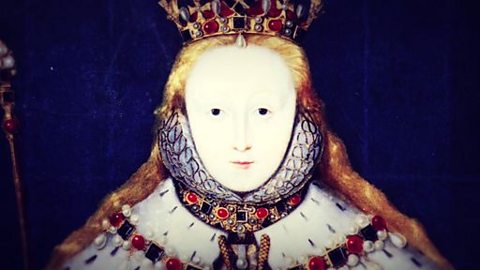
William Wallace. video
A look at how sources can help separate the myth from the man that is William Wallace.
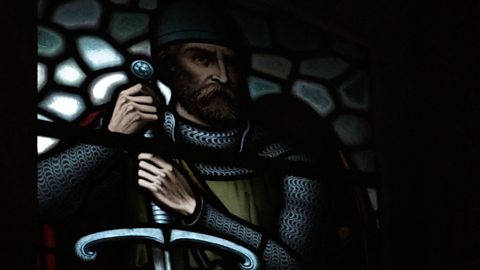
What was life like for young people in 1960’s Britain? video
An exploration of historical sources from the 1960's reveals deep seated changes in attitudes among young people.
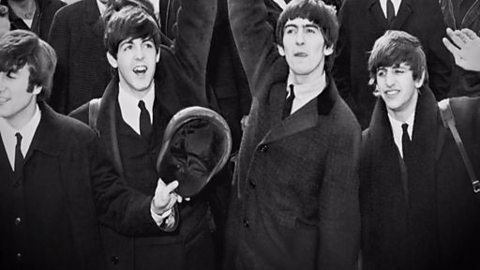
The British Civil Wars. video
An exploration of how sources can help us understand the impact of the British Civil Wars on ordinary men and women.
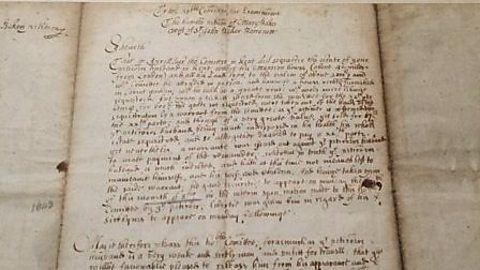
The lives of WW2 Evacuees. video
Explore what sources, such as photos and newspaper articles, can tell us about the experiences of children evacuated during World War 2.
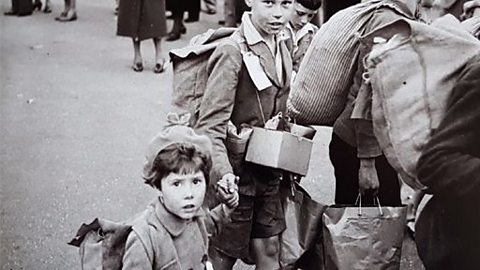
Magna Carta. video
A look at what sources can tell us about the importance and origins of Magna Carta.
